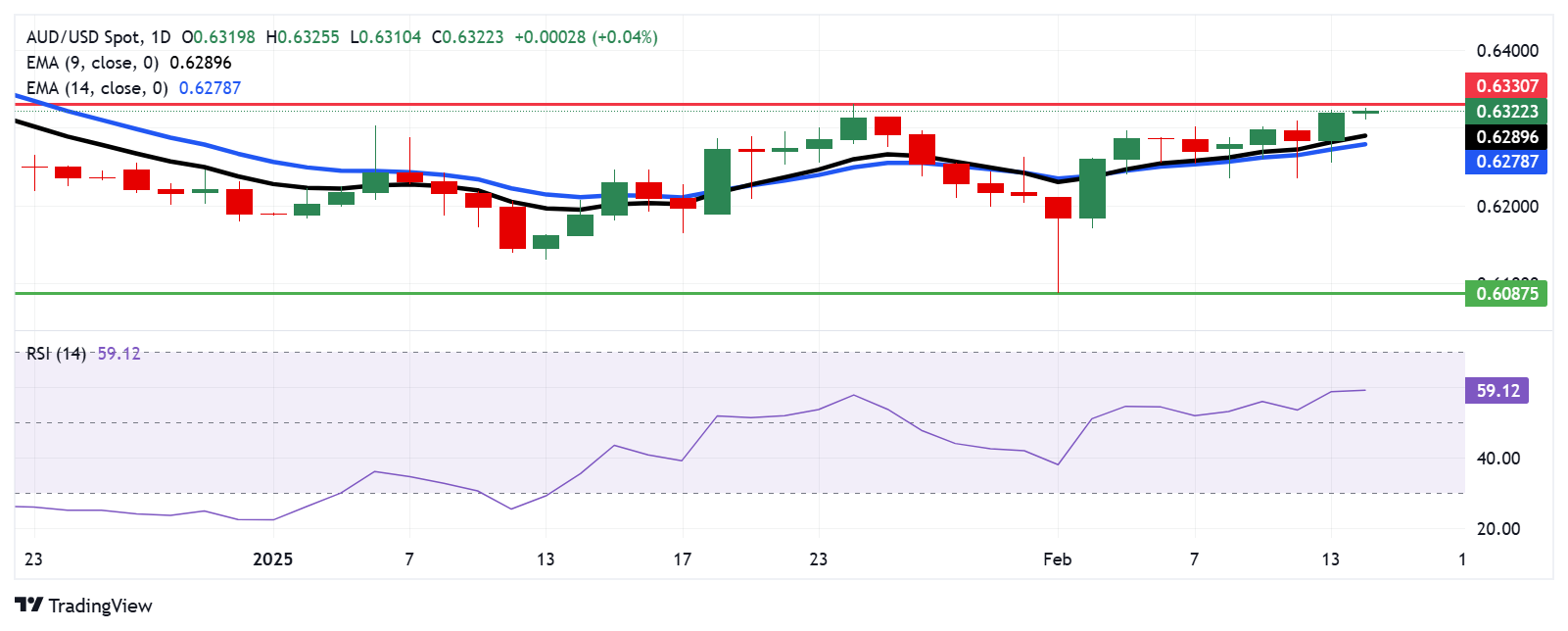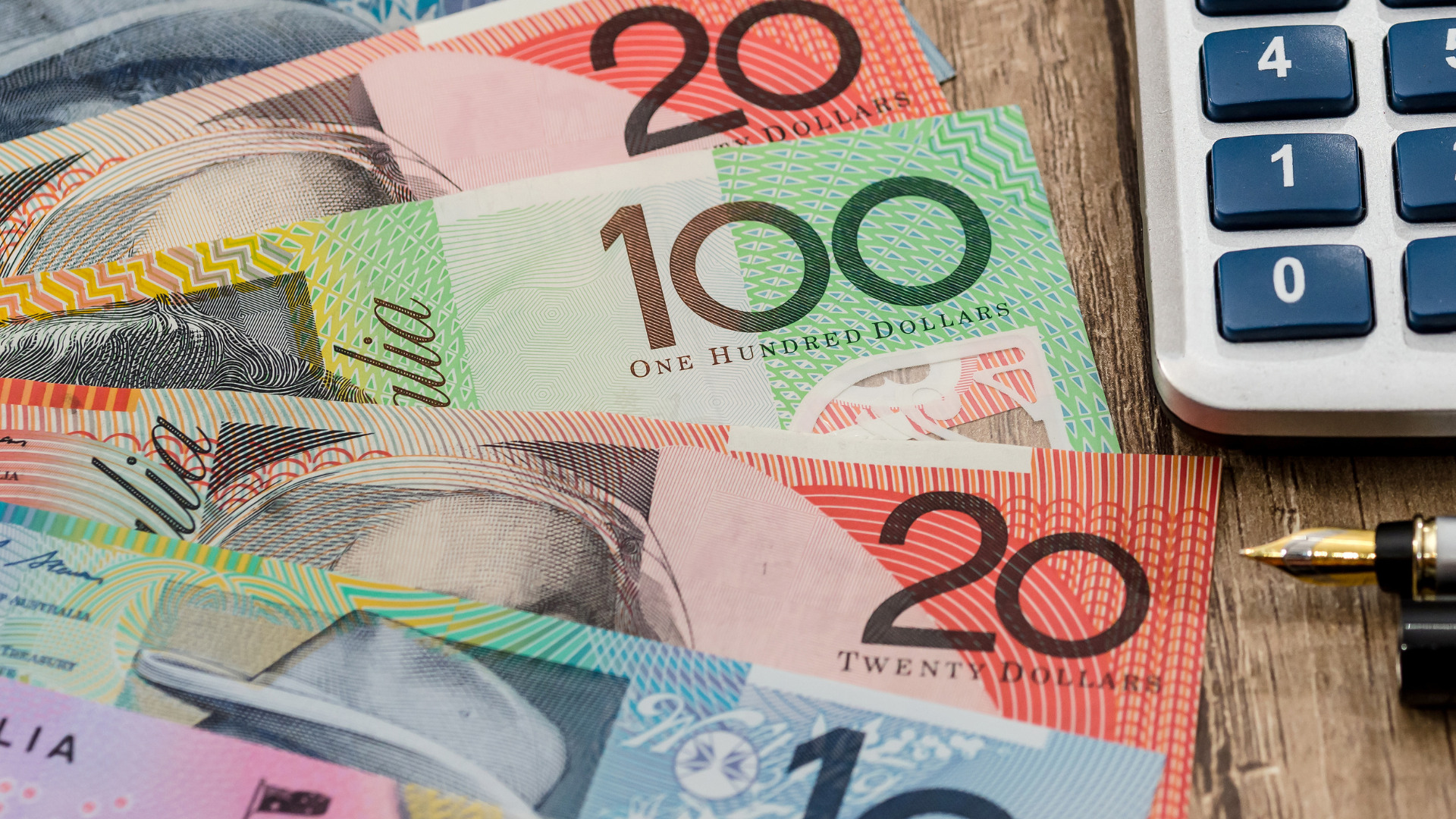The Australian dollar edged higher on Tuesday after U.S. President Donald Trump announced a delay in planned reciprocal tariffs, easing immediate concerns over escalating trade tensions. The currency rose 0.6% to $0.6695, marking its strongest level in two weeks as investors responded to the unexpected policy shift.
Trump’s decision to postpone the tariffs on key U.S. trading partners, including Australia, signaled a temporary de-escalation in global trade disputes. Market analysts suggest that the move could relieve pressure on export-driven economies like Australia, which heavily depends on stable trade relations with the U.S. and China.
The Australian dollar’s rally was further supported by improved sentiment in the broader currency markets. The U.S. dollar weakened slightly amid speculation that the Federal Reserve may maintain a dovish stance in response to slower inflation and geopolitical uncertainties. This shift in monetary policy expectations helped bolster demand for risk-sensitive currencies like the Aussie dollar.

AUD/USD 1-D Chart as of February 14, 2025 (Source: TradingView)
Commodity prices also played a role in the Aussie’s strength, with iron ore, Australia’s top export, seeing modest gains. Higher resource prices often support the Australian dollar, given the country’s dependence on commodity exports. Meanwhile, bond yields remained stable, with investors assessing the potential long-term effects of Trump’s tariff policies.
Despite the currency’s uptick, economists caution that the Australian dollar remains vulnerable to external risks. Ongoing trade negotiations and China’s economic trajectory could still influence its performance in the coming weeks. Additionally, upcoming economic data releases, including employment figures and retail sales, will provide further insight into Australia’s domestic outlook.
As global markets adjust to Trump’s tariff delay, investors will closely monitor any shifts in trade policy. For now, the Australian dollar’s gains reflect cautious optimism, but volatility remains a key risk in the broader foreign exchange market.













